3 Ways to Match Gauge for Machine Knitters
- January 17, 2023
- 6 comments
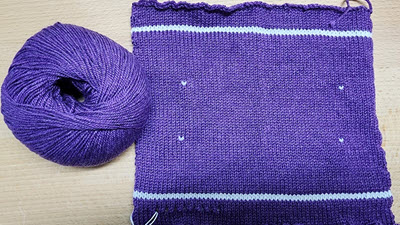
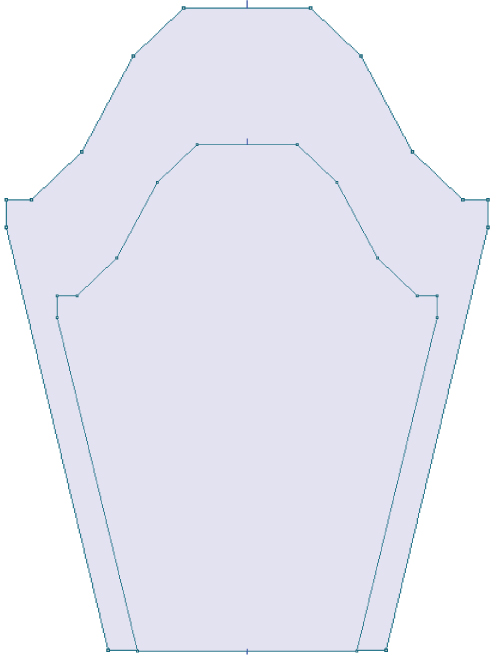
Note: The data-parent attribute makes sure that all collapsible elements under the specified parent will be closed when one of the collapsible item is shown.
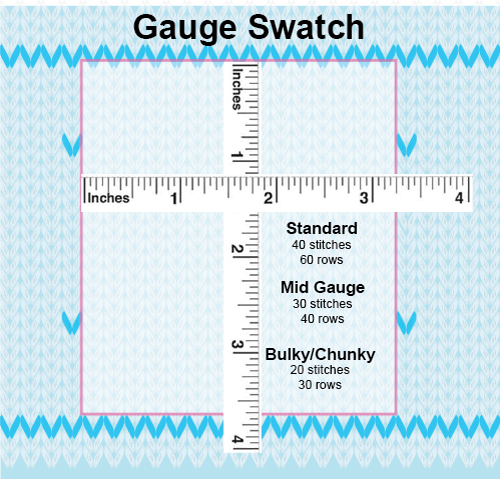

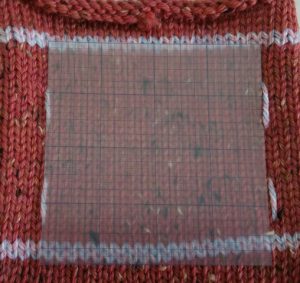
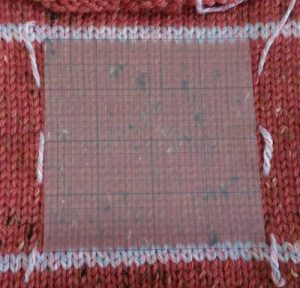
© Copyright 2026 Knititnow.com, All rights reserved.